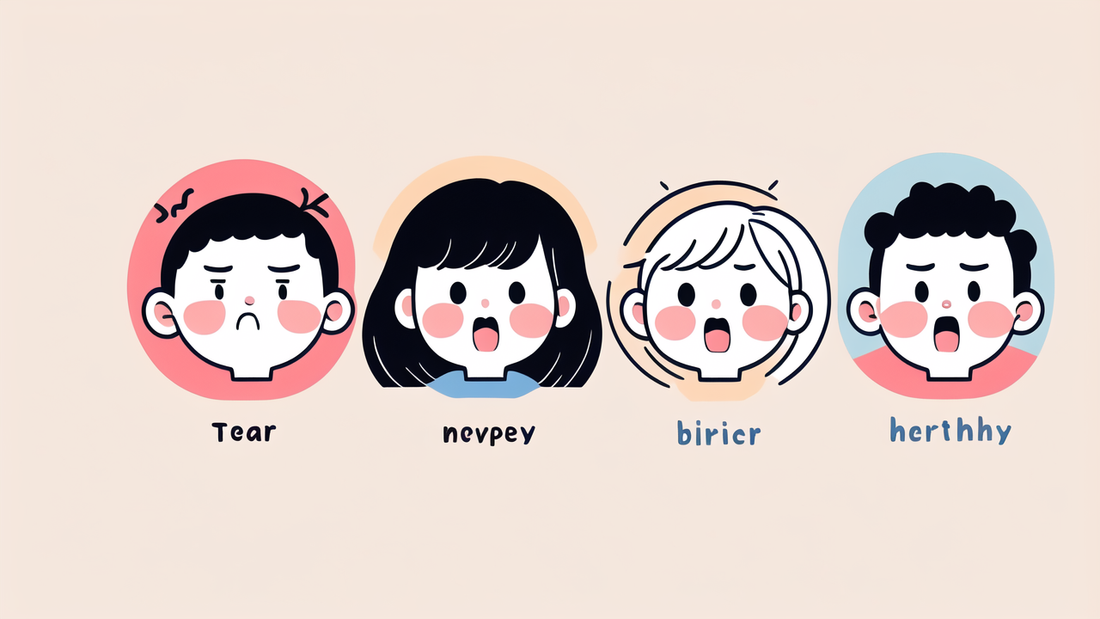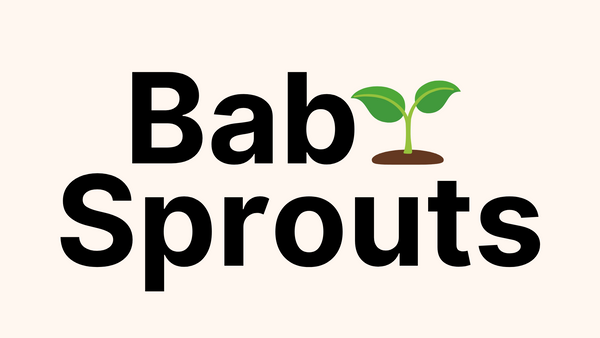
Must-Have Products for New Parents: Teething Solutions to Baby Safety
Understanding Teething: Why Babies Cry and Suck
The Science Behind Teething Pain
Teething is a natural process that all babies go through. It usually starts around 6 months of age. During this time, babies may feel pain and discomfort. This is because their teeth are pushing through the gums.

The pain can make babies fussy and irritable. They may cry more than usual and have trouble sleeping. Some babies might also drool a lot. This is because teething stimulates saliva production.
Teething pain can vary from baby to baby. Some may have mild discomfort, while others feel more intense pain. The process can last for several months as different teeth come in.
Strategies to Offer Comfort in the Early Days
There are many ways to help soothe a teething baby:
- Gentle gum massage: Use a clean finger to rub your baby's gums.
- Cold items: Offer a chilled teething ring or washcloth.
- Teething toys: Provide safe, textured toys for your baby to chew on.
- Pain relief: Ask your doctor about safe pain relief options.
- Extra cuddles: Comfort your baby with more hugs and attention.
Teething mittens are also a great option. They protect baby's hands and provide a safe chewing surface. Always supervise your baby when using any teething product.
Best Teething Bibs: When Practicality Meets Comfort
What to Look for in Teething Bibs
Teething bibs are essential for parents of teething infants. They serve two main purposes:

- Catching drool to keep baby dry
- Providing a safe surface for baby to chew on
When choosing teething bibs, consider these features:
- Material: Look for soft, absorbent fabrics that are gentle on baby's skin.
- Waterproof backing: This prevents drool from soaking through to clothes.
- Adjustable closures: Ensure a snug fit as your baby grows.
- Attached teether: Some bibs come with a built-in teething toy.
- Easy to clean: Machine-washable bibs are convenient for busy parents.
Choose bibs that are BPA-free and made from food-grade materials. This ensures they're safe for baby to chew on. Durability is also important, as teething can last for months.
Top Picks for Durability and Design
Here are some popular teething bibs that combine function and style:
- Bumkins Bandana Bib: Made from waterproof fabric with fun prints.
- Nuby Teething Bib: Features a built-in teether and soft, absorbent material.
- Bella Tunno Teething Bib: Stylish design with a food-grade silicone teether.
- Boppy Teething Scarf: Doubles as a fashionable accessory for parents.
- Mushie Silicone Bib: Easy to clean and comes in modern, neutral colors.
These bibs offer a range of features to suit different needs. Consider trying a few to see which works best for your baby. Remember, toddler bibs may be needed as your child grows.
Adding More than Just Teeth to Your Shopping List
Teething Infants and the Importance of Apparel
While teething bibs are essential, don't forget about other apparel needs for teething infants:

- Soft, breathable clothing: Opt for natural fabrics like cotton to keep baby comfortable.
- Easy-to-wash outfits: Teething can be messy, so choose clothes that are simple to clean.
- Layered clothing: This allows for easy temperature adjustments.
- Loose collars: Avoid tight necklines that can irritate sensitive gums.
- Teething mittens: These protect baby's hands and provide a safe chewing surface.
Teething mittens are particularly useful. They keep hands clean and offer a safe chewing option. Look for designs with adjustable wrist straps and different textures for sensory stimulation.
Consider clothing with built-in teething features. Some brands offer shirts or onesies with attached teething necklaces or chew tabs. These can be convenient for on-the-go soothing.
Integrating teething aids into a Holistic Baby Care Routine
Creating a comprehensive teething care routine involves more than just specific products:
- Maintain oral hygiene: Gently clean gums with a soft cloth after feeding.
- Offer appropriate foods: Introduce safe, chewable foods if your baby is eating solids.
- Establish a soothing bedtime routine: This can help with sleep disruptions caused by teething.
- Use distraction techniques: Engage your baby in play to take their mind off discomfort.
- Monitor for signs of illness: Teething can sometimes be confused with other health issues.
Incorporate teething aids throughout the day:
- Morning: Start with a clean teething bib and offer a chilled teething toy.
- Playtime: Use teething toys as part of sensory play activities.
- Mealtime: Use teething bibs to catch drool and offer safe foods to gnaw on.
- Naptime: Provide a soothing teether to help baby settle.
- Bedtime: Use a gentle gum massage as part of the bedtime routine.
Remember to rotate teething aids to keep baby interested. Clean and sanitize items regularly. Always supervise your baby when using any teething product.
Relieving teething pain is a key part of your baby care routine. Try different methods to find what works best for your baby. Some babies respond well to cold items, while others prefer gentle pressure.
Here are some tips for relieving teething pain:
- Use a clean, damp washcloth: Chill it in the fridge for extra soothing power.
- Try a teething necklace: Wear it yourself so baby can gnaw safely while you hold them.
- Offer cold foods: If your baby is eating solids, try chilled fruits or vegetables.
- Use teething gels: Ask your doctor about safe, over-the-counter options.
- Give extra comfort: Sometimes, all your baby needs is more cuddles and attention.
Remember, every baby is different. What works for one may not work for another. Be patient and try different approaches until you find what soothes your baby best.
By combining various teething solutions with a holistic care approach, you can help ease your baby's discomfort. This makes the teething process more manageable for both baby and parent.
